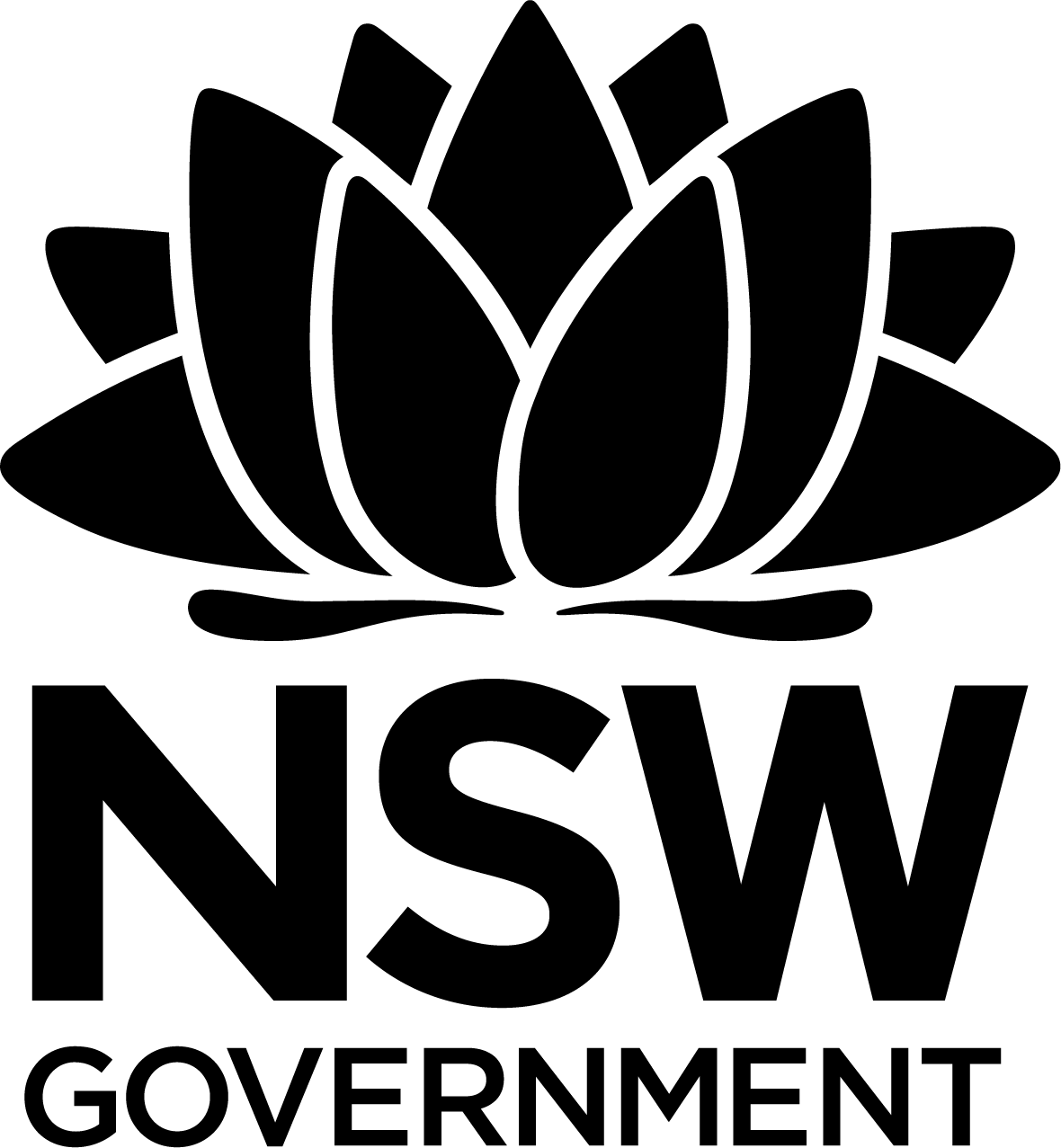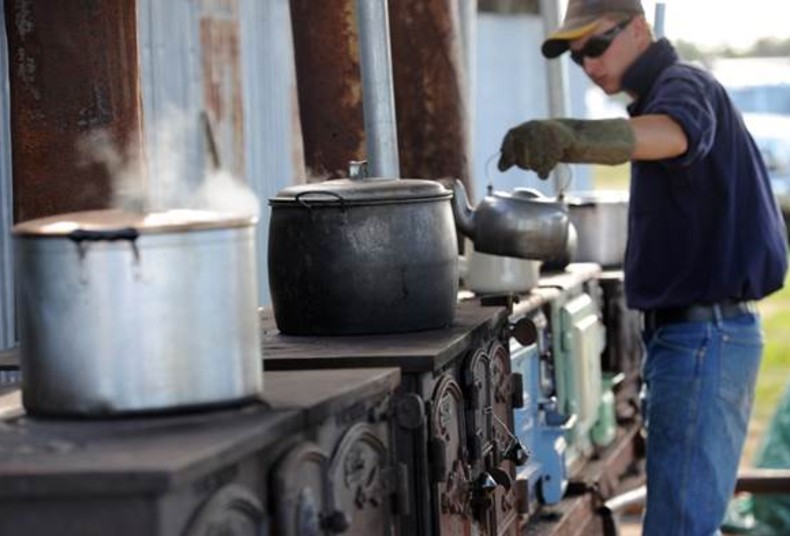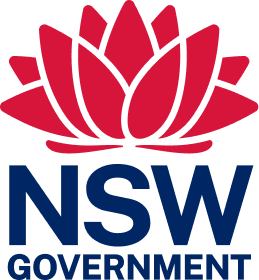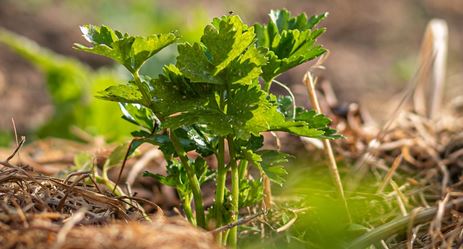
Crown land manager resource
Risk Management
Crown reserves are used for a wide range of public purposes such as environmental and heritage protection, recreation and sport, community halls and open space. People have the right to access and enjoy our Crown reserves, and would expect to do so without undue risk to themselves or others—including future users and the reserve itself.
 Managing risk on Crown reserves is a key responsibility for Crown land managers (CLMs). Effective risk management is crucial in protecting people (staff, contractors, volunteers and visitors) from injury or death on public land; protecting the land and its natural and built assets; and providing security from financial, reputational, legal or administrative damages.
Managing risk on Crown reserves is a key responsibility for Crown land managers (CLMs). Effective risk management is crucial in protecting people (staff, contractors, volunteers and visitors) from injury or death on public land; protecting the land and its natural and built assets; and providing security from financial, reputational, legal or administrative damages.
Risk areas for CLMs relate directly to the reserve purpose and its use. For example, a showground, a cemetery and a bushland reserve all have very different risks. CLMs must consider their own circumstances and identify the risk areas specific to their Crown reserve.
Typical risk areas common to most CLMs include:
- health and safety—includes staff, contractors, volunteers and visitors
- environment and land management
- emergency management
- financial management
- asset management—includes buildings, infrastructure
- administration—includes compliance with legal requirements.
The Crown reserve code of conduct (the code) outlines the standards of behaviour the department expects of CLMs. The code is aligned with broader community expectations that Crown reserves will be managed with transparency, integrity and good governance. Adopting consistent standards and behaviours will help to instil public trust and confidence in the integrity and professionalism of the Crown reserve system.
Having a risk management process in place is a significant component of demonstrating compliance with the code.
Risk management process
Effective risk management is a continual process. It involves systematically asking:
- What could go wrong?
- What would the impact or result be?
- How likely is it to happen?
- How can we prevent or minimise the impact or result?
For some high risk activities—such as working in confined spaces, large scale events and planned major works—it is mandatory to undertake a risk assessment under other legislation such as the Work Health and Safety Act 2011.
Conducting a risk assessment is recommended where there is:
- a new activity being undertaken on the reserve
- uncertainty about the impact of the hazard
- a number of different hazards and limited understanding on how they may interact
- changes that may impact on the effectiveness of the control measures.
There are a minimum of four steps in any risk assessment, which must be repeated periodically to ensure effectiveness: identifying risk, assessing risk, controlling risk and reviewing the controls.

Controlling risk involves identifying and implementing all reasonable achievable solutions for the elimination or minimisation of a risk, within available resources.
When considering risk control options for health and safety hazards, one or more of the following strategies should be implemented, listed from the highest level of effectiveness and reliability to the lowest level:
- Elimination of the risk
- Substitution, either in part or whole, of the hazard with something safer
- Engineering controls
- Administrative controls
- Personal protective equipment
Throughout the risk management process it is important to record your assessment and the actions taken. A completed risk assessment will inform everyday business decisions and assist in communicating with internal and external stakeholders.
CLMs are encouraged to use the Risk assessment template
Hazards to consider when conducting a risk assessment
Risk area | Examples of hazards common to many Crown reserves—not an exhaustive list |
|---|---|
Health and safety |
|
Events / venue hire |
|
Environment and land |
|
| Financial |
|
| Assets – building and other |
|
People – staff, volunteers, contractors, visitors |
|
Equipment |
|
Emergency |
|
Other |
|
Online Risk Register
The department provides non-council CLMs with the use of a Risk Register accessible via the Reserve Portal.
This Risk Register supports CLMs in managing risk by providing a framework to assess potential risks and actual risks occurring on reserves. CLMs are encouraged to proactively assess risks and use the register.
The register also allows the department to monitor identified risks and aid land managers, as required.
Training video
Watch a demonstration video (8 minutes) on how to use the Risk Register.
Related legislation and other resources
- SafeWork NSW
- Work Health and Safety Act 2011
- Work Health and Safety Regulation 2017
- Code of Practice – How to manage Work Health and Safety Risks 2011
- Our Community’s Risk Management help sheets & checklists
- AS/NZS ISO 3100: 2018; Risk Management – Guidelines
This Crown land manager web resource was printed on 27 Jul 2024. The information contained in this web resource is based on knowledge and understanding at the time of writing Jul 2024. However, because of advances in knowledge, users are reminded of the need to ensure that the information upon which they rely is up to date and to check the currency of the information by referring to the website (www.reservemanager.nsw.gov.au).
© State of New South Wales through Department of Planning, Industry & Environment 2024.
Page link: https://reservemanager.crownland.nsw.gov.au/using-crown-reserves/risk-management


